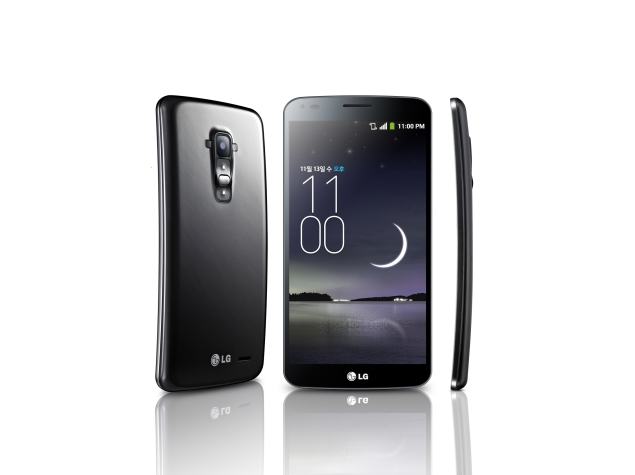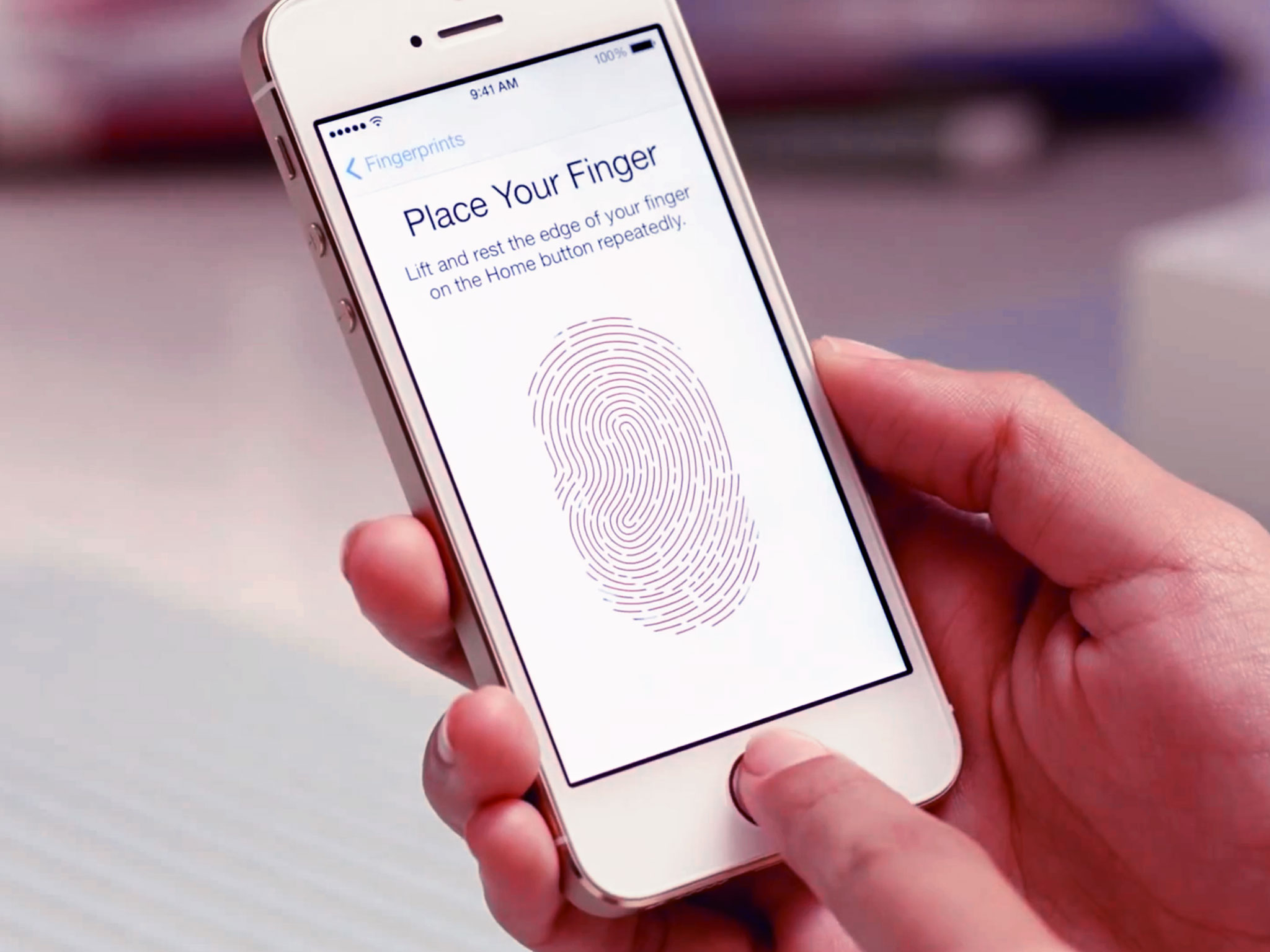What Tech to Expect in 2014

Flexible Displays

This year Samsung introduced its Galaxy Round with a curved display, and LG recently introduced its G Flex with a flexible screen. I think we’ll see these tech trends continue, first starting with smartphones. The benefit, from our perspective, is the added strength that a flexible screen can provide. Your phone may bend more easily and prevent the glass from shattering, for example, but there are other applications.
Smart watches might take advantage of a flexible screen. Some rumors have suggested Apple’s iWatch may use one, which could wrap around your wrist and display more information without having a bulky square display. A flexible screen could also enable a smartphone maker to create a device with a display that wraps around the edge of the smartphone; imagine a news ticker running down the side of your device, for example.
Flexible devices will follow, though we’ll need to wait for components to catch up. For now, flexible batteries are rare and expensive, though the processors inside of our smartphones are getting small enough that they’re probably no longer an issue.
Biometrics

We’ve seen fingerprint readers in smartphones before, but Apple made biometrics popular this year with the introduction of the iPhone 5s and Touch ID. With a simple tap of our finger, we can now unlock our smartphones and make purchases from the iTunes App Store. HTC followed up with its own biometrics tech embedded on to the HTC One Max, and I expect we’ll see additional entrants later this year.
Biometrics aren’t tied to our smartphones, however. Home automation systems could take advantage of biometrics to allow only specific people to access and control the house. Car manufacturers could add biometrics scanners into door handles, alleviating the need for keys or a passcode. Meanwhile, Samsung is also reportedly considering adding an iris scanner to its upcoming smartphones, which would allow the smartphone to identify its owner with a quick eyeball-scan. It sounds like science fiction right now, but as we’ve seen with a lot of tech trends, once one company popularizes something, consumers begin to expect to see it elsewhere and other manufacturers hop on board.
3D Printers

3D printers from Makerbot were once the envy of geeks who wanted to create simple but unique designs at home. Now, they’re being used for practical uses in fashion, entertainment, jewelry, medicine and more. Big players like Stratasys, 3D Systems, Autodesk and others are working to make 3D printers more useful for industry, and more affordable for consumers, with systems that don’t just cost thousands of dollars, but hundreds; and in the case of Autodesk, the right software to do it.
Instead of calling Sears to fix the broken nob on your stove, why not just print out a new part on 3D printers, right from your iPad? Or why not just design and print your own smartphone case instead of buying one? Sites like Ponoco already allow you to create and upload your designs, and it will print your products for you – but we may all be able to afford to do it at home this year as prices drop.
Meanwhile, from an industry standpoint, 3D Systems is also working with Motorola on the company’s Project Ara modular smartphone product, which could allow us to create and swap-out parts for our smartphones as needed. The company also recently introduced its full-color plastic 3D printer, the ProJet 4500, and is working to improve manufacturing with professional-grade systems.
4K TVs

4K TVs have made a big splash at the past few trade shows, but the name-brand ones on the market are still too expensive for most tastes. I think the 2014 Consumer Electronics Show will be a great kick-off point for LG, Samsung, Panasonic, Sony and others to show new 4K TVs with smart capabilities that don’t break the bank. As the year moves on, and as component prices decline, I think we’ll start to see 4K TVs become much more affordable for the everyday consumer. We saw a similar trend with LED screens, which were expensive at first but are now easily available for under $1,000 and often on connected smart TVs.
Meanwhile, we may also see 4K and 2K screens hit the mobile market. Samsung is already reportedly working hard to bring the higher-resolution displays to tablets and smartphones, and given the company’s display manufacturing prowess, we expect it to happen. One rumor even suggested Apple is looking to include 2K screens on its next iPad and is already testing them; if that’s indeed the case, we may see other manufacturers scramble to follow suit with their own competing products… if they don’t beat Apple to the market in the first place.
Wearables

The wearable tech industry is already hot. This year we saw new entries in the industry, particularly in the fitness arena, from Jawbone, Fitbit, Nike, Adidas and others. On the smartwatch side, we’ve been treated to the Pebble, the Galaxy Gear and the SonySmartwatch 2. We would be silly not to expect this tech trend to continue; we’ll likely see a new Galaxy Gear in 2014 with added capabilities and hopefully better battery life, though we imagine its competitors are also already working on next-gen devices.
We already have products using low energy Bluetooth to provide stats on how many calories we burn, how far we’ve walked and how well we slept, but I think soon we’ll have even smarter devices that combine the functions of smartphones with these fitness bands. Apple may enter the market with its iWatch, though we’ve heard rumors that Microsoft also wants to enter the arena.
We also can’t forget about that other super important wearable: Google Glass. The wearable tech is still primarily used by developers and early adopters, but with the second generation already upon us it seems more likely than ever that Google is preparing for a consumer launch. Price will be a huge factor, but if Google can get it right, we may all soon be walking around with small computers on our faces providing us with directions, weather information, alerts and more. Google Glass may move from a geek fashion statement to a wearable product you and I couldn’t imagine living without.









0 comments